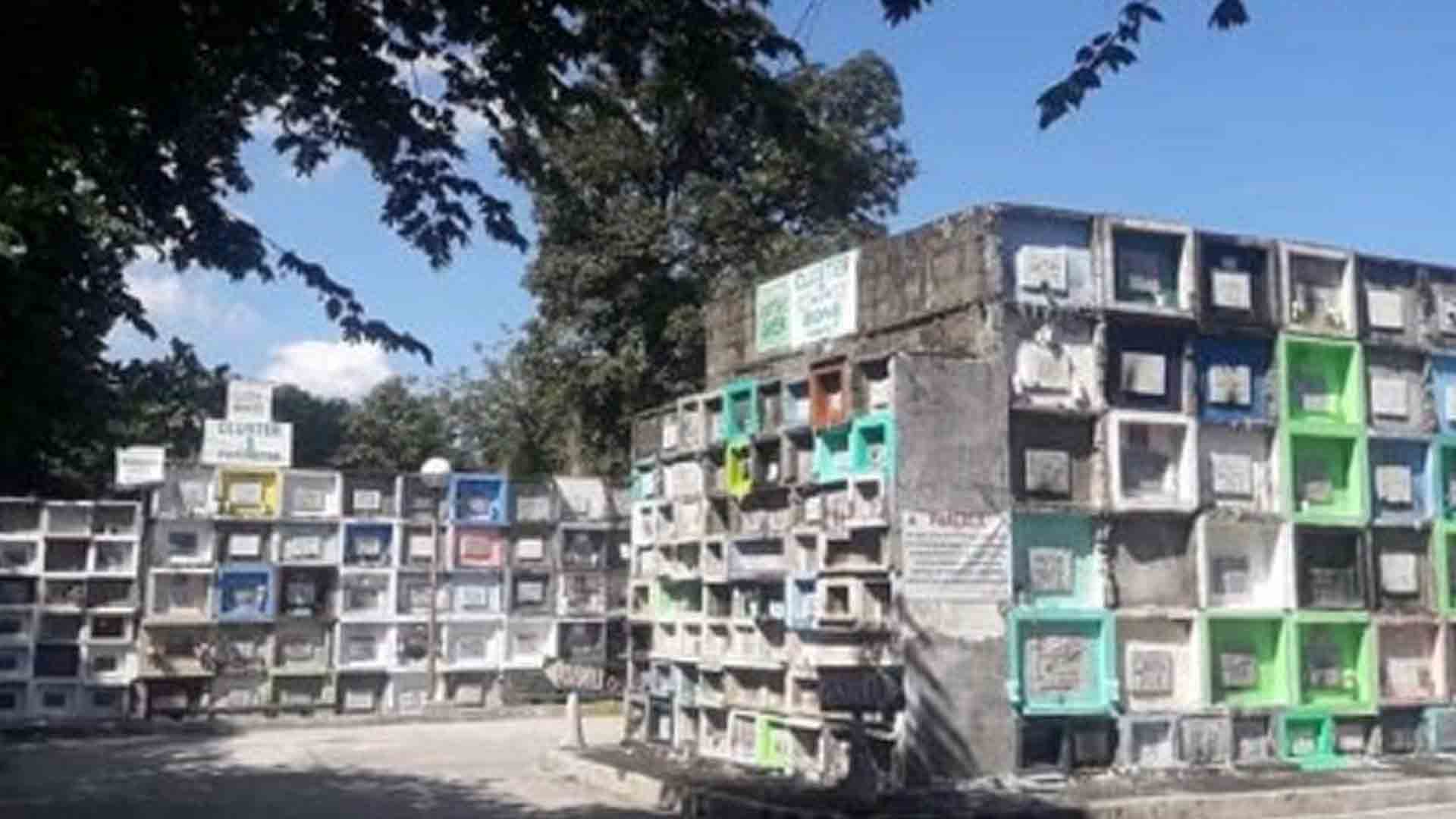The week-long closure of cemeteries in the country from Oct. 29 to Nov. 4 is seen to ease greatly the perennial traffic snarls in the former town of Novaliches, now shared by Quezon City and Caloocan City in the National Capital Region or Metro Manila.
In the past several decades, for at least three days from Oct. 31 to Nov. 2 of each year, hundreds of thousands of people from the Quezon City and Caloocan City sections of the former town used to visit in big groups the graves of their departed loved ones buried at the 93-year-old Novaliches public cemetery located just off the old Novaliches poblacion.
The influx of such a big number of grave visitors, many of them coming in their own vehicles, was creating monstrous traffic jams along the usually narrow roads leading to the cemetery such as Quirino Highway from Balintawak and San Jose del Monte City, Bulacan; Gen. Luis St. (formerly Novaliches-Polo Road from the former Bulacan town of Polo, now Valenzuela City of Metro Manila); and Susano Road from the Caloocan City portion of Novaliches.
At the cemetery itself, the visitors, carrying candles of varied sizes and decorations and flowers of different colors, crowded together very closely or stood almost shoulder-to-shoulder while praying for the souls of their dead relatives.
This year, however, the annual observance of All Saints’ Day on Nov. 1 and All Souls’ Day on Nov. 2 is bound to be very different due to the current government restrictions on mass gatherings to prevent the spread of the coronavirus disease (Covid-19).
In a resolution, the Inter-Agency Task Force on the Management of Emerging Infectious Diseases has ordered the closure of cemeteries, memorial parks, and other final resting places across the country for the annual “Undas” commemoration.
In Quezon City, in compliance with the IATF order, Mayor Joy Belmonte issued guidelines for visits in the city’s various cemeteries and memorial parks before the seven-day closure of the burial grounds by limiting the number of visitors within the premises.
“In case maximum capacity is reached at any time, the establishment shall be responsible to ensure that persons waiting outside do not crowd together or violate physical distancing limits,” the guidelines stated.
For city-operated cemeteries, the maximum number for the Novaliches cemetery was 500 visitors, while at the Bagbag cemetery was 1,500 visitors at a time.
“The Baesa cemetery shall remain completely closed to visitors since it has been closed since 2012, and to ensure unhampered operation of the crematory,“ Belmonte said.
Belmonte also ordered the Quezon City Police District, the Department of Public Order and Safety, the Market Development and Administration Department, and the local barangay officials to monitor the cemeteries and columbaria in their jurisdictions and ensure the enforcement of the guidelines.
Meanwhile, Diogenes M. Biglang-awa, superintendent of the Novaliches and Bagbag cemeteries, said they enforced strictly the following rules for visitors at the two burial grounds: Temperature checking; wearing of face mask; presentation of quarantine pass/identification card of authorized persons allowed outside of residence; and observance of physical distancing.
According to Biglang-awa, normal operations of the two cemeteries will be back on Nov. 5.
The Novaliches public cemetery, located in Barangay San Agustin, was established in 1927, when the whole of the former Novaliches town was still a part of Caloocan, Rizal. Half of Novaliches was incorporated in July 1948 with the then nine-year-old Quezon City due to its designation as the new capital of the country in place of Manila.
However, in November 1976 or after 28 years, then President Ferdinand E. Marcos issued a presidential decree restoring Manila as the nation’s capital, noting that the intended development of QC as the national capital under Republic Act No. 333 did not materialize. (PNA)








